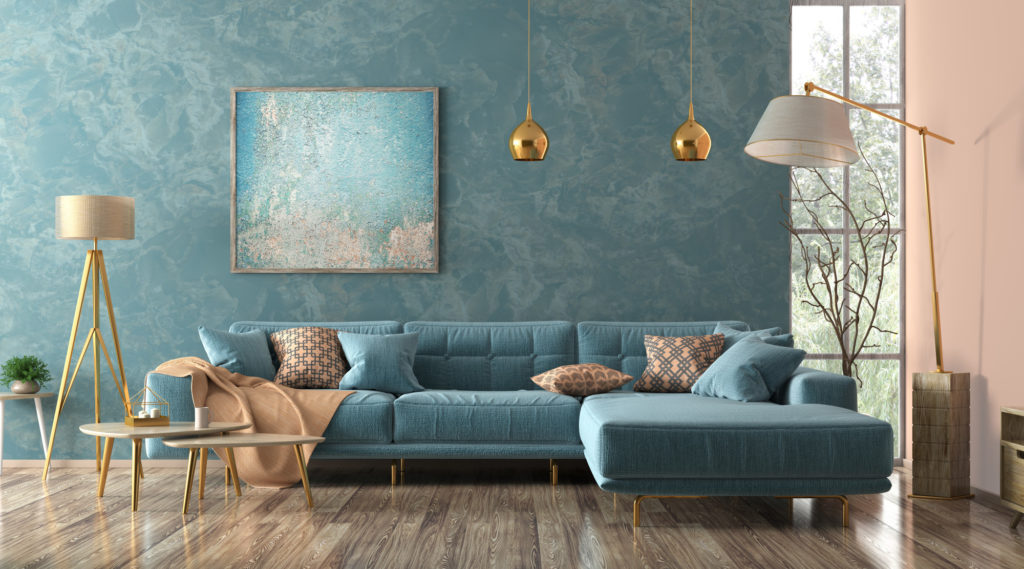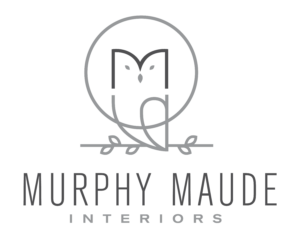What Are the Current Interior Design Trends You Need to Know About?

Ever since the COVID-19 pandemic hit, people have been finding new ways to make their home lives comfortable. Some are realizing that this is the perfect time to redecorate. Others are moving to houses, as the housing market is surprisingly doing well right now.
But no matter what your reason for creating a change in space, it’s going to be helpful to understand the newest interior design trends. Interior architecture isn’t something that everyone’s born with an intuitive understanding of.
This article will serve as your expert guide to interior design and interior architecture in 2021 and 2022.
Maximalism
Minimalism in architecture was one of the most important movements of the 20th century. It reacted strongly against the opulent and over-the-top architecture and design styles of the 18th and 19th centuries and liberated architecture from old forms.
However, while minimalism served us throughout the 20th and early 21st century, as we move into the 2020s, opulence is going to take center stage again. Contemporary designers and artists are realizing that you can go over the top, without falling into the trap of gaudiness that many architects fell into in the past.
We recommend going all out with your favorite colors to embrace the maximalist approach. Make use of color theory, and set colors that are opposites in contrast with each other, to help both stand out.
You can even make use of a triadic color scheme, and use colors that form a triangular pattern across the color wheel. This style is ambitious and requires a keen eye. Make sure you balance your walls, floors, and furniture so that no individual part of your room draws too much attention.
(A pro tip — always make sure to test out the colors you want to use before you buy them, by taking a sample and painting it on the wall. You want to make sure you know how the color will look in response to shifts in lighting.)
You can also make use of contrasting patterns, as long as they have some of the same base colors. You’d be surprised how well the most abstract figures can fit with the most representative floral designs with a little bit of creativity and imagination.
The point of maximalism is to express your individuality through interior design. Hire an interior designer who will work with you to make the interior of your dreams.
Embrace the Rustic
The 20th century saw the birth of the modern world. Many of its artistic and architectural styles focused on hyper-modernity, making things seem as unnatural and advanced as possible.
However, with technology evolving so fast in the 21st century, many people are getting an information overload. If this sounds like you, you might want to turn your home into a safe haven against the march of the modern world by focusing on a rustic aesthetic. You can embrace the style of “cottagecore” that has become so popular in youth circles.
This works best in homes that already have traditionally “rustic” features such as exposed beams, large doors, and wooden floors.
However, the fact that you’re going for a rustic aesthetic doesn’t mean that you have to go digging through antique stores. Find a design firm that offers many different services. They will be able to figure out what makes your home unique and employ artists and designers to get the right pieces for you.
You can also find a style that marries the hyper-modern with the-old school. Maybe you want to relax in the old world in the living room but would prefer to embrace the hyper-modern world in the kitchen and bathroom.
You can also achieve this effect by mixing the more toned-back colors of modernism with old-school prints and designs. By focusing on, say, whites and browns, you can go less “cottagecore” and take the contemporary rustic route of 21st-century country.
Get Flexible With Your Plan
Traditional home designs include clear distinctions between rooms. Rooms will have doors or walls between them and hallways connecting them, so that there’s no doubt as to which room is which.
However, contemporary designers have based new types of plans.
Among the most popular is the open-plan. Why not leave space open and let rooms bleed into each other? This can create a house that is warm and inviting; it can also let parts of the house like the kitchen become less cramped and closed off.
An open plan can also make it easier for sunlight to travel into various rooms, reducing the need for artificial lighting. This could be perfect for those looking to build a more old-school rustic aesthetic.
Lately, however, people have gone a step further and created a sort of “broken-plan” style of living.
The layout of the house itself is much the same as open-plan living. However, with a broken plan, bookshelves, small staircases, pieces of furniture, and curtains are used to segment pieces of the house into their own sort of rooms.
This is the perfect way to get the best of both worlds and combine the lighting and open feel of the open-plan house with the privacy and distinctness of individual rooms.
Follow These Interior Design Trends
As you can see, interior design trends are taking new turns in the 21st century. The COVID-19 pandemic was the shock to the system that this generation needed to create a unique style for itself.
Embrace maximalism, the rustic aesthetic of cottagecore, and get flexible with your floor plan, and you’re more likely to create the home of your dreams.
For more information, contact us today.
